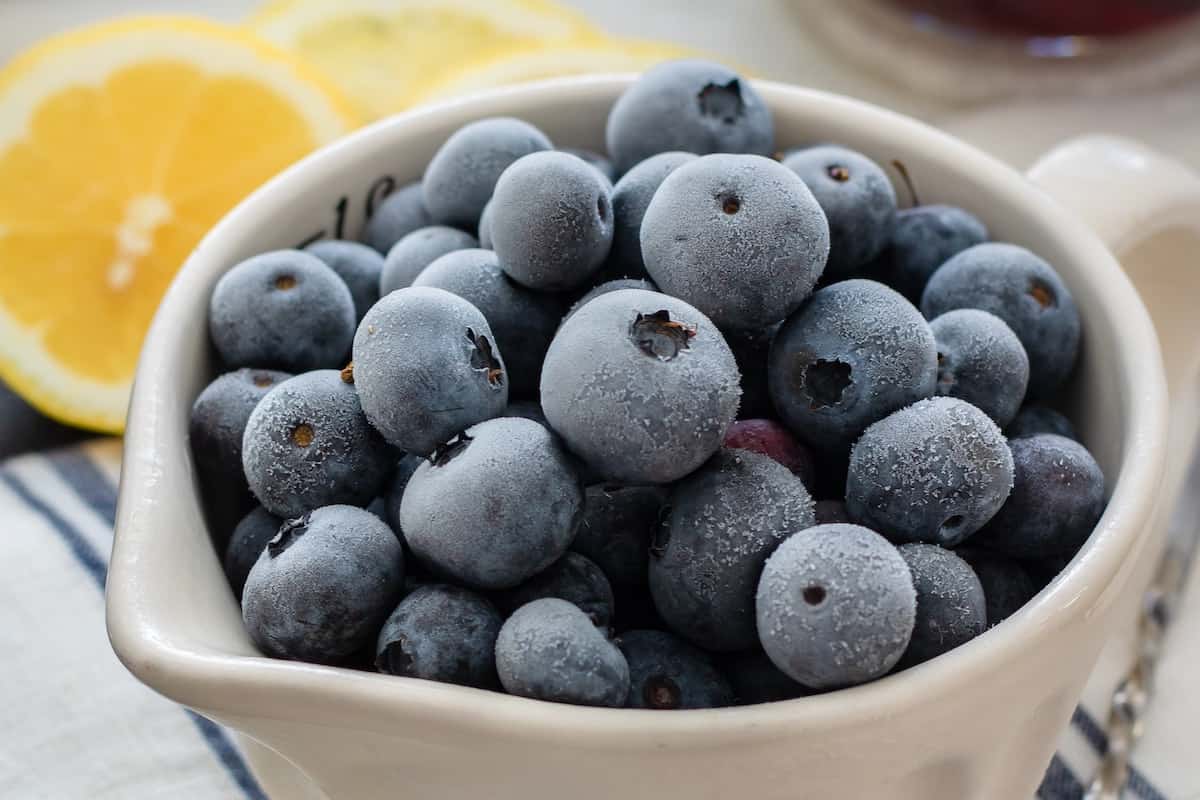
Dehydrating Frozen Blueberries: A Comprehensive Guide
Dehydrating frozen blueberries is a fantastic way to extend the shelf life of these delicious and nutritious berries. Whether you plan to use them as a snack, in baked goods, or as a topping, dehydrated blueberries offer concentrated flavor and convenience. In this article, we’ll delve into the ins and outs of dehydrating frozen blueberries, providing you with valuable insights and expert tips to ensure a successful process.
Dehydrating Frozen Blueberries: Preserving Nature’s Gems
The Magic of Dehydrated Blueberries
Dehydrated blueberries retain the essence of fresh berries while becoming shelf-stable. Their natural sugars concentrate during dehydration, resulting in a sweet and tangy flavor explosion in every bite.
Benefits of Dehydrated Blueberries
Dehydrating frozen blueberries offers a plethora of benefits, including enhanced portability, extended storage, and the preservation of vital nutrients.
Supplies You’ll Need
Gather your essentials: frozen blueberries, a dehydrator, parchment paper, and airtight containers.
Preparing Frozen Blueberries
Thaw frozen blueberries and pat them dry before beginning the dehydration process.
Dehydrating Methods
Explore two popular methods: using a dehydrator and using an oven.
Step-by-Step Dehydration Process
a. Spread the blueberries evenly on the dehydrator trays or baking sheets. b. Set the temperature and time according to your equipment’s instructions. c. Monitor the progress, ensuring the berries are pliable and moisture-free.
Testing for Doneness
To check if your blueberries are properly dehydrated, they should be leathery and not sticky.
Cooling Down and Conditioning
Allow the dehydrated blueberries to cool before transferring them to an airtight container. Conditioning helps distribute any remaining moisture evenly.
Storage Tips
Keep your dehydrated blueberries in a cool, dry, and dark place to maintain their quality.
Culinary Uses of Dehydrated Blueberries
a. Snacking: Enjoy them on their own for a burst of flavor. b. Baking: Add them to muffins, pancakes, and cookies. c. Cereal and Oatmeal: Sprinkle over your morning bowl for extra taste. d. Salads: Incorporate them into your favorite salads for a unique twist. e. Trail Mix: Create a nutritious trail mix with dehydrated blueberries, nuts, and seeds.
Nutritional Powerhouse
Dehydrated blueberries retain their nutrients, such as vitamins, antioxidants, and dietary fiber, making them a healthy addition to your diet.
Addressing Common Concerns
a. Loss of Nutrients: While some nutrients may slightly decrease, the overall benefits of dehydrated blueberries remain impressive. b. Added Sugars: Dehydrated blueberries contain natural sugars without any additives.
FAQs (Frequently Asked Questions)
Q: Can I use frozen blueberries directly in the dehydrator?
A: Yes, but ensure they’re thawed and patted dry first.
Q: How long do dehydrated blueberries last?
A: When stored properly, they can remain good for up to a year.
Q: Can I dehydrate blueberries without a dehydrator?
A: Absolutely, an oven can be used as an alternative.
Q: Are dehydrated blueberries good for children?
A: Yes, they make a healthy and tasty snack for kids.
Q: Can I rehydrate dehydrated blueberries?
A: Yes, soak them in water for a few hours to restore some of their original texture.
Q: How can I prevent clumping during storage?
A: Add a small piece of parchment paper to the container to absorb excess moisture.
Conclusion
Dehydrating frozen blueberries is a rewarding culinary endeavor that allows you to savor the delightful taste of blueberries throughout the year. By following the steps outlined in this guide, you can master the art of dehydrating blueberries and unlock a world of creative culinary possibilities. Embrace this technique to relish the goodness of blueberries whenever your heart desires.